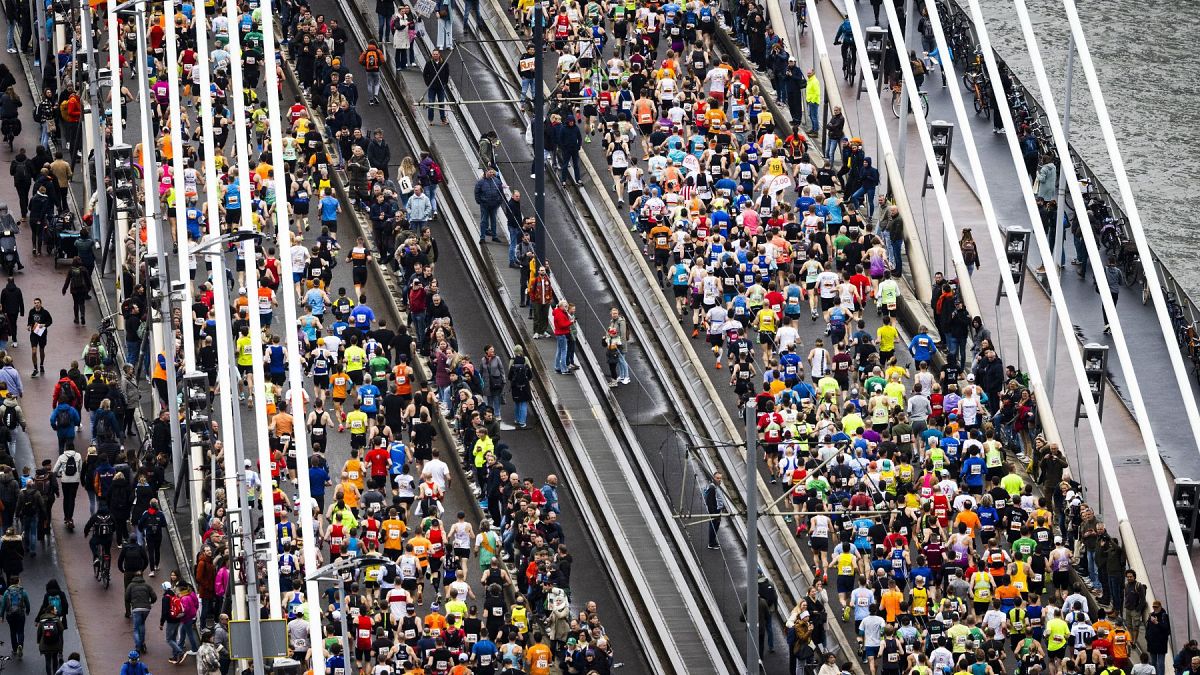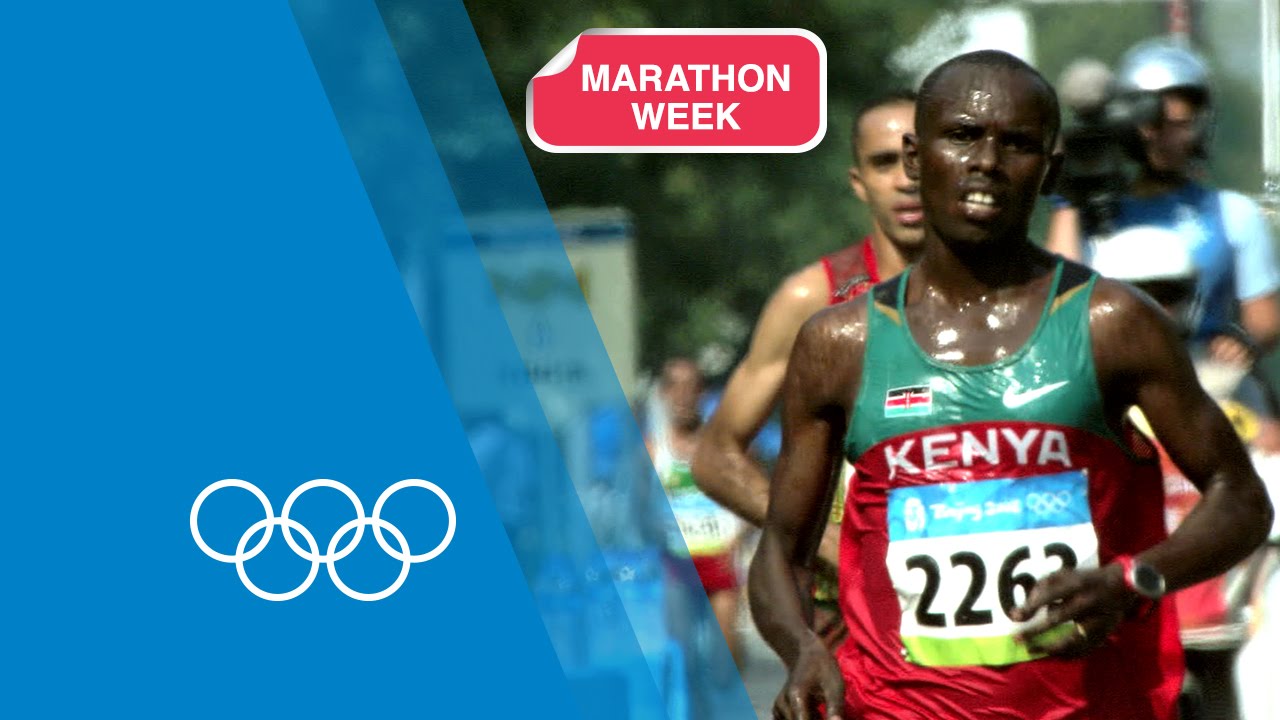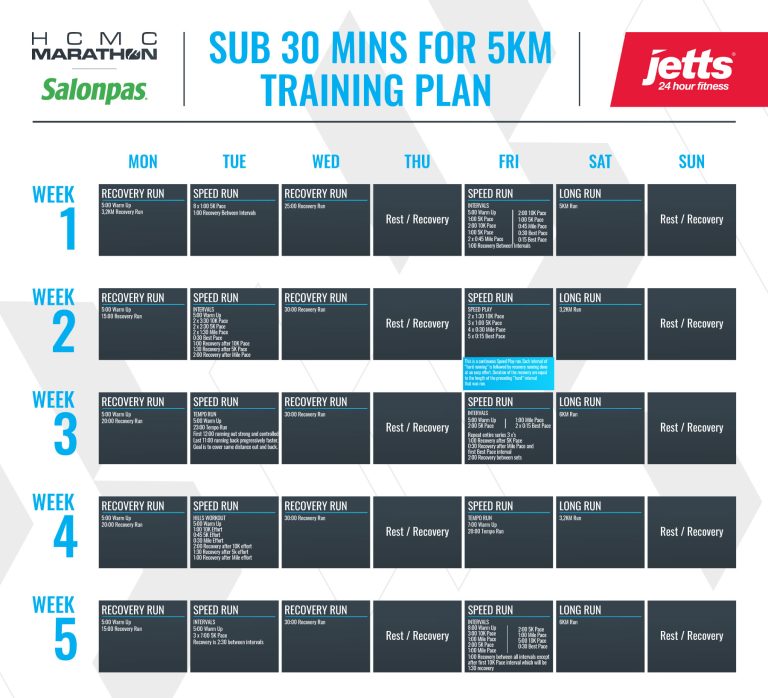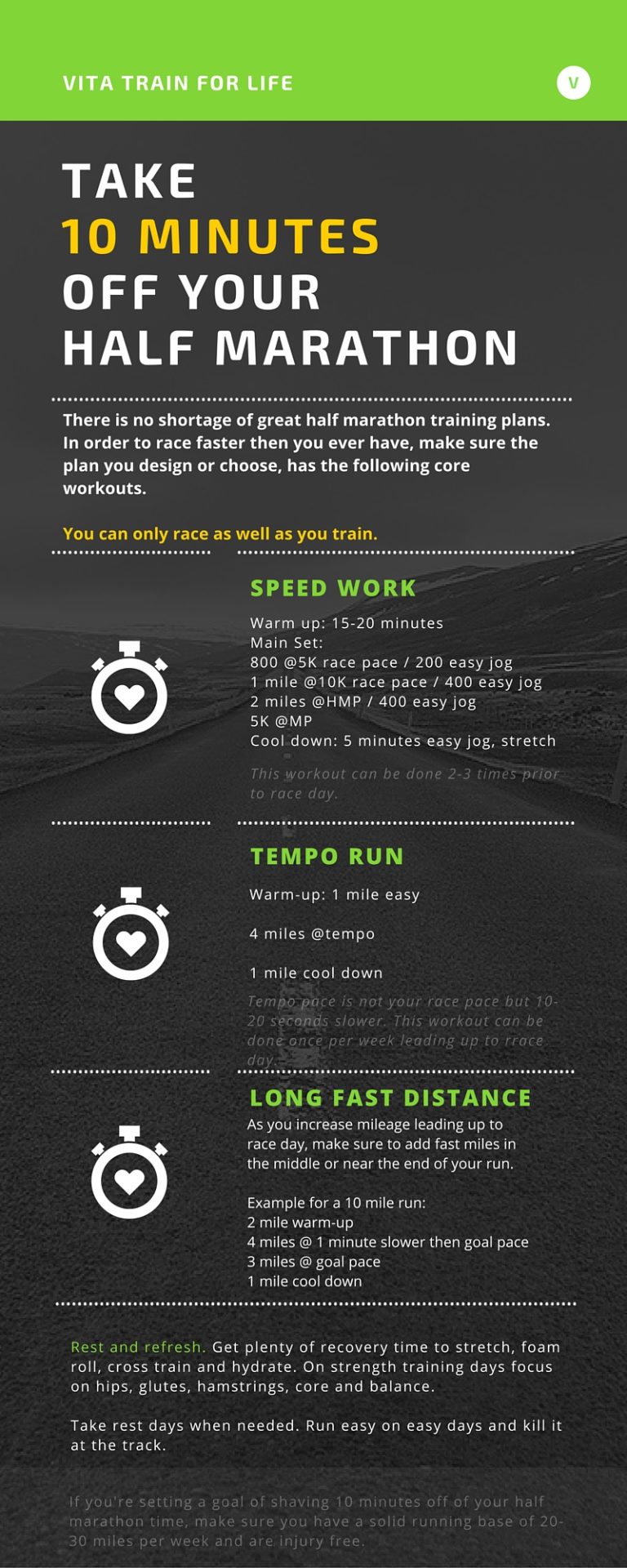What Happens During Marathon
During a marathon, participants run a long-distance race, covering 26.2 miles, testing endurance and mental resilience. The event typically attracts runners of all levels, from beginners to elite athletes, each aiming to cross the finish line.
Marathons are popular worldwide, drawing people from diverse backgrounds to challenge themselves physically and mentally. The race often involves months of training, strict discipline, and mental fortitude to overcome the physical exertion. An electrifying atmosphere fills the air on race day, with supporters lining the course, cheering on the runners.
Crossing the finish line signifies a significant achievement and a sense of personal triumph for many participants. The journey of a marathon is a test of perseverance, determination, and the human spirit, making it a truly remarkable experience for all involved.
Preparation For A Marathon
Preparing for a marathon is a meticulous process that requires both physical and mental readiness. Athletes need to undergo thorough training and preparation to ensure they are in peak condition for the grueling 26.2-mile race.
Physical Training
Physical training is the cornerstone of marathon preparation. This involves a structured regimen of running, cross-training, and strength training. Runners gradually increase their mileage over several months, aiming to peak on race day. Cross-training activities such as cycling and swimming help prevent injury and improve overall fitness. Strength training, including exercises like squats, lunges, and core workouts, further enhances performance and muscular endurance.
Mental Preparation
Mental preparation is equally crucial for marathon success. This involves developing mental toughness and confidence. Runners utilize visualization techniques to picture themselves crossing the finish line and overcoming challenges. Mental resilience is nurtured through positive self-talk and the ability to push through physical and mental barriers.

Credit: m.youtube.com
Race Day Checklist
On race day, being well-prepared with a checklist can make a significant difference in your marathon experience. Here’s a breakdown of essential items you should include in your Race Day Checklist to ensure you are geared up for success:
Hydration
- Bring a hand-held water bottle or hydration pack.
- Pack electrolyte-replacing hydration tablets.
- Ensure you have access to water stations along the race route.
Clothing And Footwear
- Wear moisture-wicking fabrics to stay dry and comfortable.
- Choose appropriate running shoes based on your gait and foot type.
- Have extra layers for changing weather conditions.
Nutrition
- Consume a balanced pre-race meal rich in carbohydrates.
- Pack energy gels or snacks for quick fuel during the race.
- Stay consistent with your nutrition plan to avoid stomach upset.
Start Line Activities
At the start line of a marathon, numerous activities take place to prepare runners before the race begins.
Warm-up Exercises
- Perform dynamic stretches to warm up muscles.
- Include leg swings and arm circles for flexibility.
- Engage in light jogging to get the blood flowing.
Race Logistics
- Check bib numbers for assigned corral placements.
- Listen to race instructions regarding the course.
- Organize personal items in designated drop-off areas.
During The Marathon
During a marathon, athletes test their endurance and resolve as they complete a long-distance race, often 26. 2 miles. Participants face physical and mental challenges, pushing themselves to the limit in pursuit of victory or personal accomplishment.
Pacing Strategy
Many runners choose to use a pacing strategy during the marathon to ensure they maintain a consistent speed throughout the race. A good pacing strategy helps in avoiding the onset of fatigue too early in the race. Runners often aim to start at a slightly slower pace than their target speed to conserve energy for the later stages of the marathon. It is crucial to have a well-thought-out pacing plan to avoid burnout.Hydration Stations
Hydration is essential during a marathon as runners’ bodies lose a significant amount of water through sweat. Hydration stations are strategically placed along the course, usually every 1-2 miles. Runners should make sure to drink water or sports drinks offered at these stations to maintain their hydration levels. It is important to plan ahead and know the locations of the hydration stations along the route.Fueling
Proper fueling is vital during a marathon to maintain energy levels and avoid hitting the wall. Many runners choose to consume energy gels, chews, or bars provided at specific fueling stations. Runners should also consider their individual fueling needs and plan to carry their own nutrition if necessary. It is crucial to have a well-thought-out fueling plan to sustain performance throughout the race.Post-marathon Recovery
Post-marathon recovery is an essential step to aid your body in bouncing back from the intense physical exertion of a marathon. After crossing the finish line, your body needs time to rest and rejuvenate to prevent injuries and allow for proper muscle repair. This phase of recovery is just as important as the preparation and training phases of your marathon journey. Here, we will outline some key aspects of post-marathon recovery to help you bounce back quickly and effectively.
Cool Down
The cool down phase is vital to gradually bring your body back to its resting state after the marathon. It involves activities that help to lower your heart rate, release tension in your muscles, and prevent lactic acid build-up.
Here are some tips for a proper cool-down routine:
- Continue to walk or jog at a slower pace for about 10-15 minutes.
- Perform some light stretching exercises to promote flexibility and prevent muscle tightness.
- Use a foam roller or massage tools to release any knots or tension in your muscles.
- Apply ice packs or take an ice bath to reduce inflammation and soothe sore muscles.
Replenishing Energy Stores
During a marathon, your body uses up a significant amount of energy and depletes its glycogen stores. Replenishing these stores is crucial to aid in recovery and restore energy levels for future activities or training.
Here are some ways to replenish your energy stores:
- Consume a balanced meal within 30 minutes to one hour after the marathon, including carbohydrates, proteins, and healthy fats.
- Hydrate yourself with water, electrolyte drinks, or coconut water to replenish lost fluids.
- Snack on energy-rich foods like bananas, nuts, or granola bars throughout the day.
Rest And Relaxation
Resting and allowing your body to recover is essential for enhancing muscle repair, reducing inflammation, and boosting your immune system. The initial days after a marathon should be dedicated to rest and relaxation.
Here are some tips for effective rest and relaxation:
- Get at least 7-8 hours of sleep each night to aid in the restoration process.
- Avoid strenuous workouts or activities that may put additional strain on your muscles.
- Indulge in stress-relieving activities such as yoga or meditation to calm your mind and body.
- Consider getting a sports massage to further increase blood circulation and promote muscle recovery.
Remember, your post-marathon recovery is just as important as the race itself. By incorporating these practices into your routine, you can speed up your recovery, reduce the risk of injuries, and get ready for your next running adventure. Take care of your body and give it the rest it deserves, and you’ll be back on the track stronger than ever!

Credit: www.euronews.com

Credit: www.runnersworld.com
Frequently Asked Questions On What Happens During Marathon
What Happens To Your Body During A Marathon?
During a marathon, your body undergoes various physiological changes such as increased heart rate, oxygen consumption, and release of endorphins.
How Long Does It Take To Recover From A Marathon?
The recovery time from a marathon varies for each person, but it generally takes about 1-2 weeks for your body to fully recover.
What Are Some Common Injuries During A Marathon?
Common injuries during a marathon include blisters, shin splints, muscle strains, and dehydration. Proper training and precautions can help prevent these injuries.
Conclusion
Marathons are a challenging yet rewarding experience, both physically and mentally. The event demands commitment, determination, and proper training. The impact extends beyond the race, fostering a sense of accomplishment and promoting a healthier lifestyle. As participants push their limits, the community support and camaraderie create an unforgettable atmosphere.
Ready to embrace the marathon journey?






